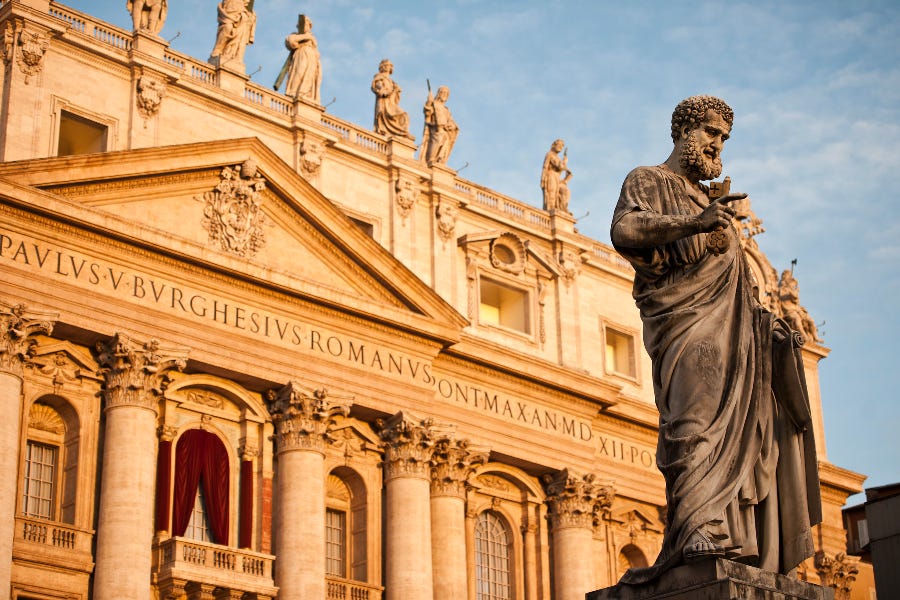Where does Peter’s Pence come from — and where does it go?
For the second year running, the Vatican has published a detailed breakdown of the money flowing into — and out of — its Peter’s Pence fund
For the second year running, the Vatican has published a detailed breakdown of the money flowing into — and out of — its Peter’s Pence fund.
The Vatican has sought to increase the transparency around the fund after it was linked to a financial scandal involving the Secretariat of…

